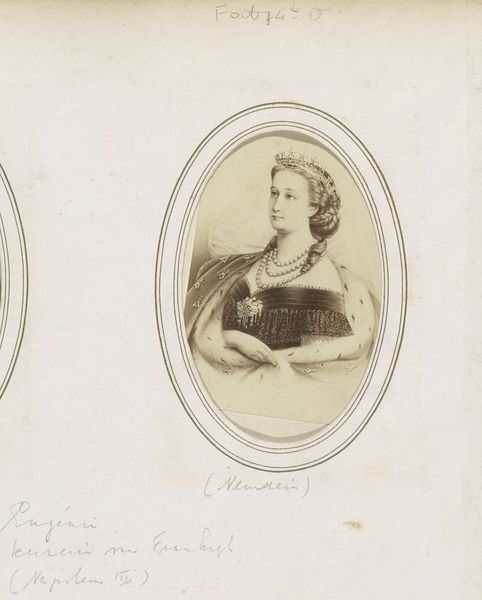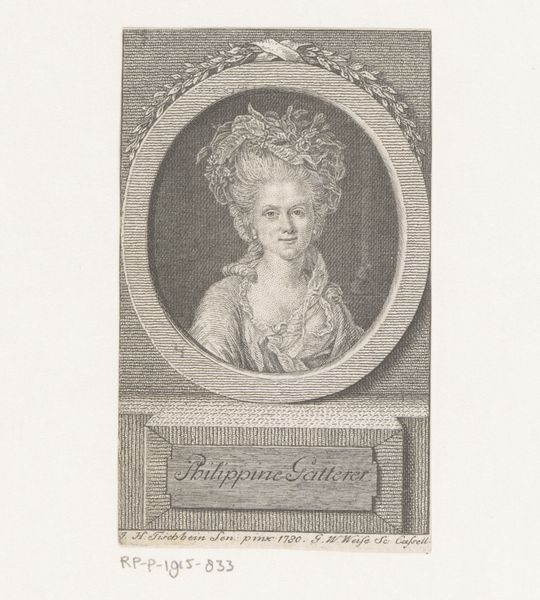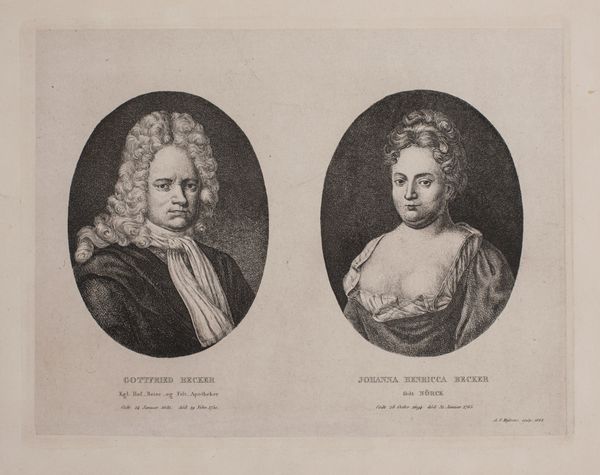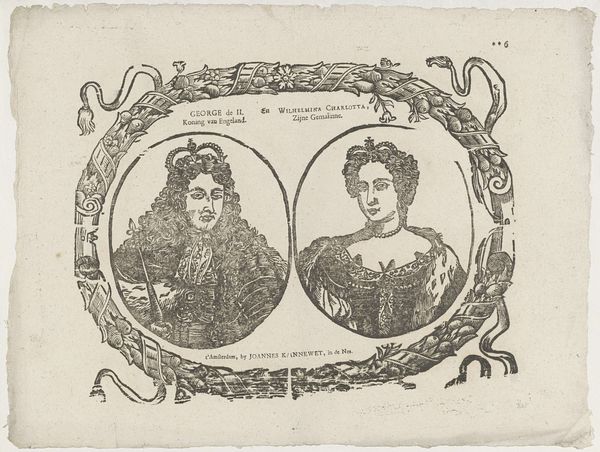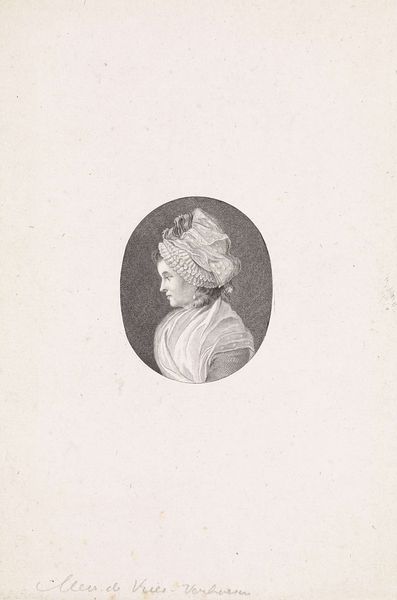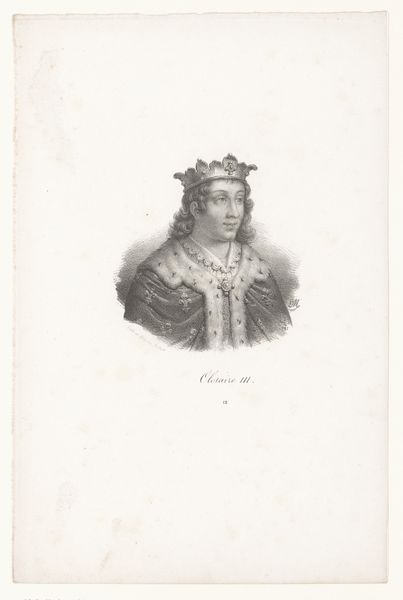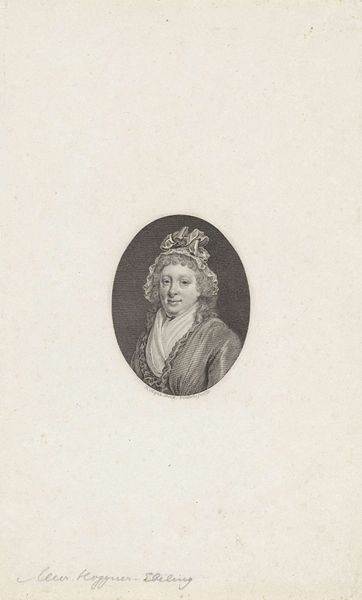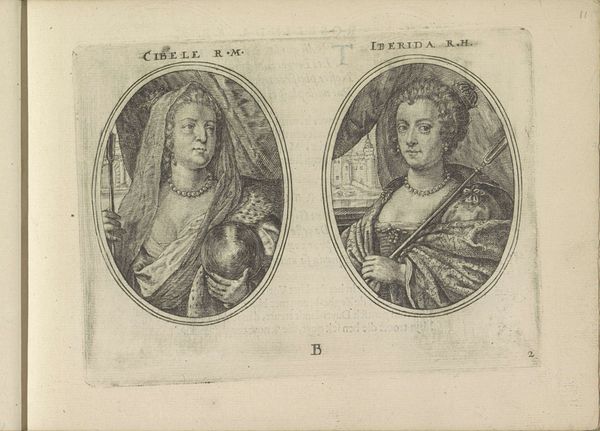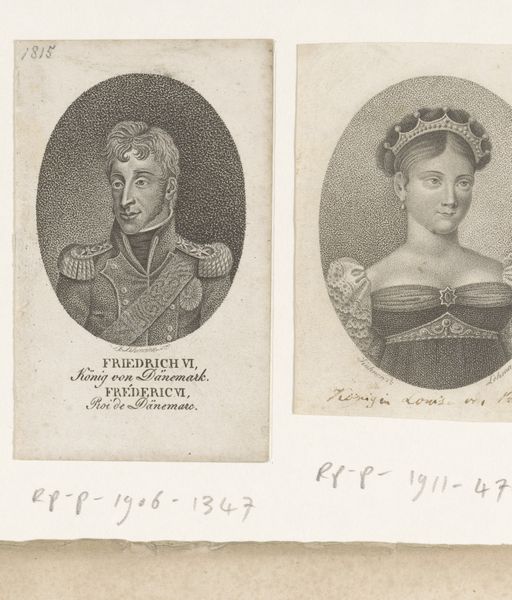
Portretten van Juliana Cornelia de Lannoy en Angelica Kauffmann 1787 - 1828
0:00
0:00
print, engraving
#
portrait
#
neoclacissism
# print
#
old engraving style
#
genre-painting
#
engraving
Dimensions: height 131 mm, width 210 mm
Copyright: Rijks Museum: Open Domain
Editor: Here we have Ludwig Gottlieb Portman’s print titled "Portretten van Juliana Cornelia de Lannoy en Angelica Kauffmann", created between 1787 and 1828. I’m immediately struck by how these twin portraits, rendered in engraving, seem to offer such contrasting representations of women from the period. What strikes you most about this double portrait? Curator: I see here a fascinating dialogue about female representation during the late 18th century, straddling Neoclassicism and the Enlightenment's shifting perceptions of women. Consider Angelica Kauffmann, a successful artist in her own right, presented alongside Juliana Cornelia de Lannoy, a respected poet. Do you think Portman intended to portray them simply as individuals or as symbols of female intellect and creativity? Editor: It's compelling to consider them as symbols. Perhaps the contrast lies in how women navigated public and private spheres, Kauffmann as a public figure, de Lannoy known for her writing, a more private pursuit? Curator: Exactly. Kauffmann's artistic success challenged patriarchal structures, though her self-portraiture and depictions often catered to societal expectations of female beauty and virtue. Lannoy's literary work offered another avenue for female expression, one often confined to the domestic sphere. The portraits, as engravings, also speak to the democratization of images and knowledge. Who had access to these portraits, and what role did they play in shaping perceptions of female achievement and social status? Editor: I hadn’t considered the engraving itself as a democratizing tool. Thinking about access changes the picture quite a bit. It makes me wonder about the original audience. Curator: Precisely. These images circulated within specific social circles, reinforcing or challenging existing power dynamics and notions of female identity. What lasting impact do you think these portraits and the women they depict have had on our understanding of women's roles in history? Editor: Reflecting on it, they show me that even within constraints, women found ways to excel. It makes you question, or at least consider, how images create a discourse, don't they? Curator: Indeed, and it’s through critical engagement with those images that we can understand how these historical threads are woven into the tapestry of our contemporary experiences.
Comments
No comments
Be the first to comment and join the conversation on the ultimate creative platform.
